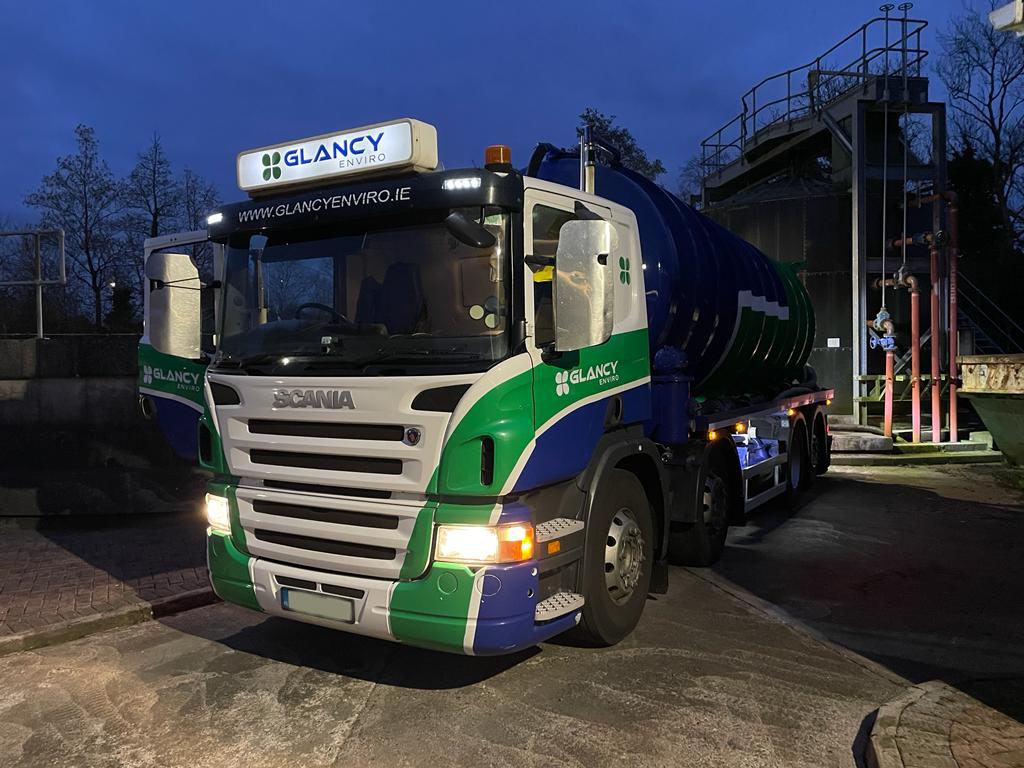The Ultimate Guide To Reclaim Waste
The Ultimate Guide To Reclaim Waste
Blog Article
Reclaim Waste - Truths
Table of ContentsIndicators on Reclaim Waste You Should KnowThe Basic Principles Of Reclaim Waste How Reclaim Waste can Save You Time, Stress, and Money.The smart Trick of Reclaim Waste That Nobody is Talking AboutNot known Details About Reclaim Waste
Residential sewage waste refers to the waste and products from a domestic septic tank. The proper management and disposal of residential sewage waste require fluid waste to be moved to a sewer treatment plant where the correct techniques and devices are applied to purify and dispose of waste.
Commercial waste frequently consists of possible dangers, such as flammable products or a blend of liquid and strong waste items, and requires a more sophisticated and detailed disposal process. The disposal of industrial waste normally entails the filtering of waste before transportation to make sure secure and appropriate disposal. Industrial waste is developed from byproducts and drainage of industrial processes and production.
This kind of waste can not utilize the exact same sewer administration transportation or procedures as septic or business liquids. The commercial waste administration procedure requires the inspection and screening of liquid waste before it undertakes the disposal procedure (liquid waste disposal). Runoff waste is the liquid waste that originates from drainage and excess stormwater in very populated areas or cities
Runoff waste can create contamination and flooding otherwise handled correctly. Learn more about drain cleansing and waste administration. Making certain appropriate waste monitoring can prevent catastrophes and minimize environmental harm. Both individuals in property settings and professionals in industrial or manufacturing sectors can gain from recognizing the procedures and guidelines of liquid waste administration.
The Only Guide for Reclaim Waste
Get in touch with PROS Services today to find out regarding our waste management and disposal solutions and the proper means to look after the fluid waste you create.
(https://writeablog.net/reclaimwaste1/reclaiming-resources-a-comprehensive-guide-to-industrial-wastewater-treatment)Do you understand what takes place to your water when you disengage, flush the commode or drain pipes the cleaning machine? No? Well, it deserves recognizing. This supposed 'wastewater' is not only a vital source yet, after treatment, will be launched to our land, rivers or the sea. Used water from bathrooms, showers, bathrooms, kitchen area sinks, washings and commercial procedures is referred to as wastewater.

water used to cool down machinery or tidy plant and devices). Stormwater, a kind of wastewater, is drainage that flows from agricultural and city areas such as roofs, parks, gardens, roadways, paths and rain gutters right into stormwater drains, after rain. Stormwater moves neglected directly to local creeks or rivers, eventually getting to the ocean.
Excitement About Reclaim Waste
In Queensland, many wastewater is treated at sewage therapy plants. Wastewater is carried from residential or commercial sites through a system of sewers and pump stations, recognized as sewerage reticulation, to a sewer therapy plant.
The Division of Natural Resources recommends local federal governments regarding handling, operating and maintaining sewerage systems and therapy plants. In unsewered areas, city governments may require owners to set up specific or home sewer therapy systems to treat residential wastewater from commodes, cooking areas, restrooms and laundries. The Division of Natural Resources authorizes the use of household systems when they are shown to be efficient.
Many stormwater receives no treatment. In some new find neighborhoods, treatment of some stormwater to get rid of clutter, sand and crushed rock has begun utilizing gross pollutant catches. Wastewater treatment happens in 4 stages: Eliminates strong matter. Bigger solids, such as plastics and other objects mistakenly discharged to drains, are removed when wastewater is gone through screens.
Makes use of small living microorganisms knows as micro-organisms to break down and remove staying liquified wastes and great particles. Micro-organisms and wastes are incorporated in the sludge.
Reclaim Waste Can Be Fun For Anyone
Nutrient elimination is not available whatsoever sewer treatment plants since it calls for expensive specialized equipment. It is ending up being a lot more usual in Queensland. Clear fluid effluent produced after treatment might still include disease-causing micro-organisms. If this effluent is released into rivers such as rivers or the sea, the micro-organisms will eventually die out.

A lot of wastewater moves into the sewerage system. Under the Act, local federal governments carry out authorizations and permits for eco pertinent activities (ERAs) including wastewater launches that may have a local influence.
Reclaim Waste - An Overview
Surveillance gives factual details regarding water top quality and can validate that permit conditions are being met. The info gotten with monitoring offers the basis for making water quality decisions.
Report this page